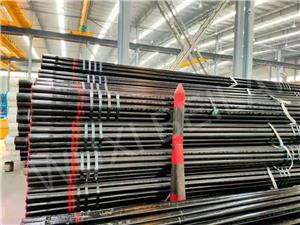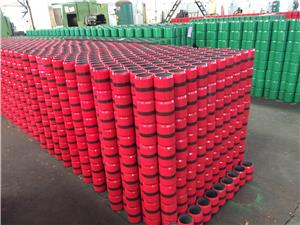Location and repair of boiler tube leakage
Due to the inevitable use and long operation time, the boiler tube may have leakage problems, affecting the performance and production efficiency of the equipment. To solve this problem, it is very important to locate the leaking boiler tube accurately and repair it in time. This article will lead into key strategies and steps for accurately locating leaky boiler tubes and performing effective remediation.
1. Find the leak location:
Leaking boiler tubes can result in degraded equipment performance, wasted energy, and even safety hazards.
Here are some ways to find the leak location:
Observation of appearance and visual inspection: Check the appearance of the boiler pipe to see if there are water marks, corrosion, oxidation, etc. Using a flashlight and other tools, carefully look around the pipe for water traces, water droplets, and wet areas.
Use reagents: Some reagents produce bubbles, color changes, or other reactions when they contact the leak, helping you locate the leak.
Sound detection: In a quiet environment, listen for hissing, dripping, etc. These sounds could be a sign of a leak.
Thermal sensing equipment: The use of infrared thermal sensing instruments can detect local temperature anomalies to find possible leakage points.
2. Steps to repair leaks:
Once the location of the leak is known, appropriate steps need to be taken to fix the problem and ensure that the equipment is operating reliably and safely.
Shut down systems and drain: Before starting repair, close related systems and valves, drain, and exhaust systems to ensure that there is no more pressure or fluid in the system.
Preparation of work and tools: Prepare appropriate tools, materials, and protective equipment, including appropriate wrenches, welding equipment, replacement piping, etc.
Disconnect and clean up: Using the appropriate tools, disconnect leaking pipe connections. Clean the joint and make sure the surface is clean.
Replace pipes and connections: Place new pipe parts in their original locations and connect new pipe parts to the system using appropriate welding or joining techniques.
Testing and inspection: After installation, pressure testing and leak inspection are performed to ensure that new pipe connections are securely sealed.
Restart the system: After confirming that the new pipe connection is safe, restart the system and gradually increase the pressure to ensure that everything is running properly.
Maintenance and monitoring: After the replacement is completed, continue to monitor the newly connected pipe parts and regularly check and maintain them to ensure that no new leaks appear.
Finding a leaking boiler tube and repairing it is a critical step in maintaining the proper and safe operation of the equipment. Through observation, testing, and appropriate repair measures, you can ensure that the equipment is not affected by leakage problems, extend the life of the equipment, and improve production efficiency. However, it should be noted that the repair of boiler tubes involves a certain amount of technical knowledge and professional experience. If you are not familiar with the relevant operation, it is recommended that you seek the help of professionals to ensure that the repair process is correct and safe.




